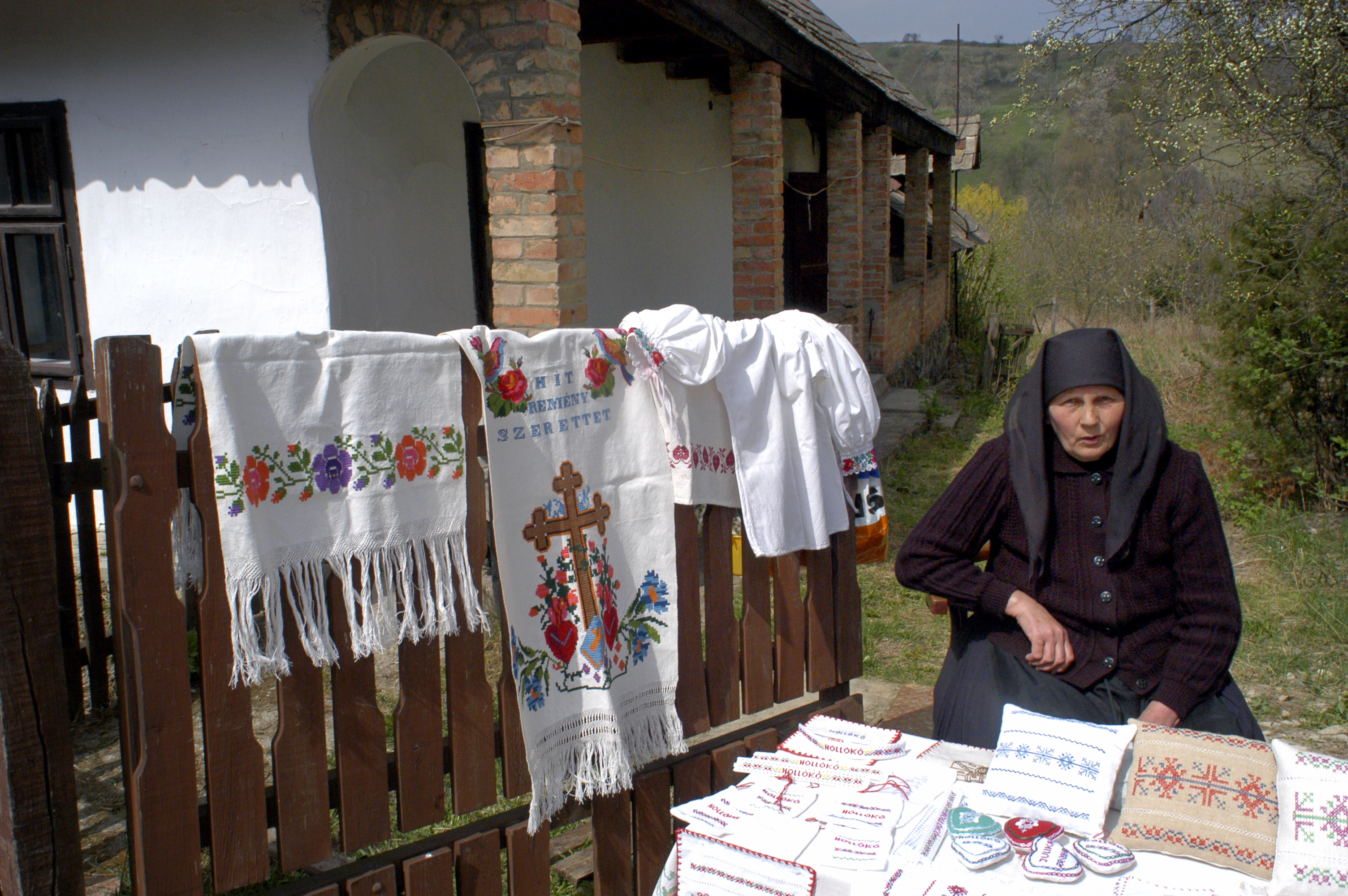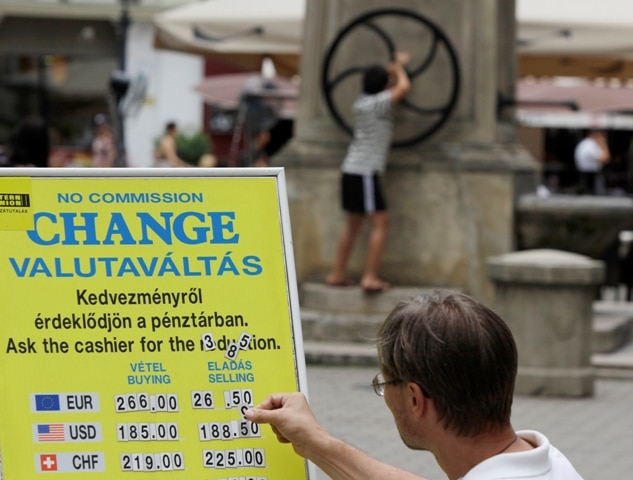Egy rövid olvasmány Hollókőről - természetesen szószedettel.
Real, honest, and authentic. These are the words that best characterize this small village, where only 380 people live altogether.
Hollókő is a traditional Hungarian village, titled many times as the most beautiful Hungarian village. It has also been a UNESCO World Heritage Site since 1987.

The village is situated in the Cserhát Mountains and is well-known for its over a hundred-year-old houses. This little jewellery box is about an hour drive from Budapest. Arriving there, a large black raven indicates that we are at the right place. The village has two main parts: the old village and the new village. The older part has 58 traditional houses, built in Palóc style after 1909, remaining loyal to the original style from the 17th century, but there are 67 protected peasant houses altogether in the village.
The buildings have gable roofs and porches with wooden breast walls, decorated with open-work carvings. The traditional 17th century Palóc style interiorconsists of three distinct rooms. From the porch, you enter a cooking-dining area, but in wintertime is was also the best place to sleep, being nice and warm around the stove. The larder is right next to the kitchen area. Cereals and other agricultural equipment were stored here but is was also used as a bedroom by the elderly. The so-called clean room, with a view of the street, was the most respected part of the house. In Hollókő it was not only kept for guests – as in other regions in Hungary – but was also occupied by the man of the house and his family.
In the heart of the old village, there is also a beautiful Catholic church from 1889, with wooden towers and shingled roofs. Also, the Doll Museum and the Village Museum are to be found here. Some houses run handicraft workshops, where you can try pottery and weaving, if interested. Others are museums, exhibition houses, or provide accommodation with traditional furniture.
The Palóc cuisine is at least as famous as the buildings in the village, so it’s obligatory to try the traditional dishes when visiting. The most famous of them is undoubtedly the Palóc goulash, which was first prepared by János Gundel for Kálmán Mikszáth, the “greatest Palóc person”. The soup resembles the sour potato or bean soup, which is so popular here. Other Palóc dishes include, haluska (similar to sztrapacska), ganca (similar to dödölle), herőce (a dessert, similar to forgácsfánk) and ferentő (a raised dough, usually eaten with poppy seed and sugar).

There are numerous traditional restaurants in the village – the most popular are Muskátli Restaurant, Katalin Csárda and Vár Restaurant – offering classic Hungarian and Palóc dishes, but you can taste real Palóc flavours at some families, too.
Apart from the scrumptious food, the village is also famous for its traditional Palóc folk costumes, which are worn not only by the elderly but also by young men and women, especially at weddings and family events.
The traditional wear includes men putting on black pants and boots, a fine linen shirt, a ribbon around their waist and a round hat on their head. Women wear numerous decorated skirts. During workdays, back in time, they used to wear two skirts, but during festivities they had seven or eight underskirts under a beautiful silk or cashmere skirt. Girls would wear as many as fifteen to twenty ironed underskirts at a time. Over that, they would usually wear little, richly embroidered silk aprons, and on top, lace bodices and shoulder scarves lined with decorative tassels. The perfect look would be finished up by lacquered boots.
Although, there are many festivities during the year, when local people put on their colourful, embroidered clothes, spring, and mostly the Easter period is a perfect time to visit this magnificent place to get closer to the traditions and to see men sprinkling women with water, craftsmen selling handmade products and ensembles playing folk music at its best.
Vocabulary
|
authentic |
autentikus, hiteles, igazi |
|
to be titled as |
valamilyen címmel illetve lenni |
|
World Heritage |
Világörökség |
|
to be well-known for |
jól ismertnek lenni valamiről |
|
raven |
holló |
|
to indicate |
jelezni, mutatni |
|
to be loyal to |
hűségesnek lenni valamihez |
|
peasant house |
parasztház |
|
gable roof |
nyeregtető |
|
porch |
veranda |
|
carving |
faragás |
|
distinct |
jól megkülönböztethető |
|
stove |
kályha, tűzhely |
|
larder |
kamra |
|
cereal |
gabonaféle |
|
agricultural equipment |
mezőgazdasági eszköz |
|
to be stored |
tárolva lenni |
|
so-called |
úgynevezett |
|
clean room |
tisztaszoba |
|
to be respected |
tisztelve lenni |
|
to be occupied by |
valaki által elfoglalva lenni |
|
shingled roof |
zsindelytető |
|
handicraft workshop |
kézműves foglalkozás |
|
pottery |
fazekasság |
|
weaving |
szövés |
|
to provide |
lehetővé tenni, biztosítani |
|
cuisine |
konyhaművészet |
|
obligatory |
kötelező |
|
undoubtedly |
kétségkívül |
|
to resemble |
emlékeztet valamire, hasonlít |
|
raised dough |
kelt tészta |
|
poppy seed |
mák |
|
apart from |
valamin kívül |
|
scrumptious |
pompás, fenséges, nagyon finom |
|
wear |
viselet |
|
linen |
vászon |
|
ribbon |
szalag |
|
underskirt |
alsószoknya |
|
richly embroidered |
gazdagon hímzett |
|
silk apron |
selyem kötény |
|
bodice |
itt: pruszlik |
|
tassel |
rojt |
|
lacquered boots |
lakkcsizma |
|
craftsmen |
kézművesek, mesteremberek |
|
handmade |
kézzel készült, házi |
|
ensemble |
együttes |






